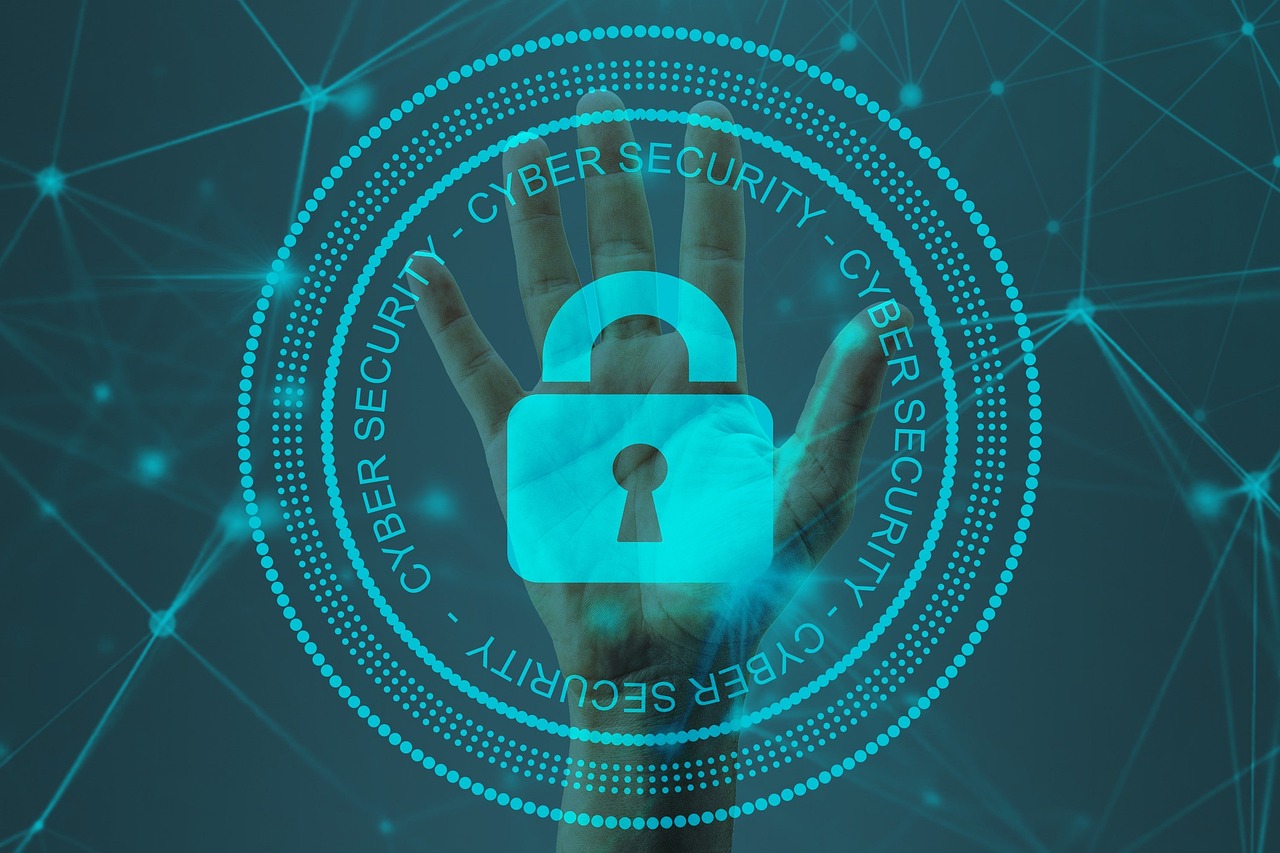
Table of Contents
Introduction Why Incident Response Matters Incident Response Frameworks in 2025 Top Tools for Incident Response Essential Skills for IR Professionals First 24 Hours Playbook Program Design: RACI, SLAs & Metrics Best Certifications for Incident Response Case Studies & Lessons Learned FAQs ConclusionIntroduction
Incident response (IR) is the backbone of modern security operations. In a world of RaaS groups, supply-chain backdoors, and AI-assisted phishing, the winners are teams that can detect, contain, and recover quickly — and communicate clearly while doing it.
This guide shows you how high-performing IR teams work in 2025: actionable frameworks, the right tools, skill development, a practical “first 24 hours” runbook, and how to turn post-incident reviews into continuous improvements.

All images are from Pixabay (free for commercial use) and sized consistently for a clean layout.
Why Incident Response Matters
Without IR, organizations scramble in the dark. With IR, they have a tested plan, clear owners, and the confidence to act fast under pressure.
Business Impact
Effective IR minimizes downtime, limits data loss, reduces breach costs, and supports regulatory obligations (e.g., 72-hour notifications).
Reputation & Trust
Transparent, timely communication — internal and external — preserves customer trust and reduces long-term damage.
Regulatory Pressure
Critical infrastructure and regulated industries increasingly require demonstrable IR capabilities, tabletop exercises, and audit trails.

Incident Response Frameworks in 2025
Frameworks prevent chaos. Pick one, tailor it, and train with it.
NIST SP 800-61
Four phases: Preparation; Detection & Analysis; Containment, Eradication & Recovery; Post-Incident Activity. Map your runbooks to these phases and store them where responders can access them in a crisis.
SANS 6-Step Cycle
Preparation, Identification, Containment, Eradication, Recovery, Lessons Learned — simple and widely used in SOCs and MSSPs.
Integrating MITRE ATT&CK
Use ATT&CK to track adversary TTPs, coverage gaps, and to write detections & playbooks by technique (e.g., credential dumping, lateral movement).

Top Tools for Incident Response
Choose tools that your team can operate at 2 a.m. Focus on visibility, speed, and automation.
SIEM
Splunk, Elastic, or QRadar to centralize logs, build detections, and power investigations.
SOAR
Cortex XSOAR, Splunk SOAR, or Tines to automate enrichment, triage, containment, and comms (tickets, paging).
EDR/XDR
CrowdStrike, Microsoft Defender, or SentinelOne for endpoint visibility, isolation, and rapid remediation.
Forensics & Memory
Volatility, KAPE, FTK/EnCase; plus cloud-native forensics for AWS/Azure/GCP (snapshots, logs, trails).

Essential Skills for IR Professionals
Technical
- OS internals (Windows, Linux, macOS), memory/disk forensics, and log analysis.
- Network fundamentals: packet captures, proxies, DNS/TLS, lateral movement patterns.
- Cloud IR: identity events, storage access, key rotation, workload snapshots.
- Automation: Python/PowerShell/Bash to speed enrichment and evidence handling.
Soft Skills
- Calm comms under pressure; crisp executive updates (“here’s what happened, impact, actions, ETA”).
- Cross-functional coordination with IT, Legal, PR, and business owners.
- Bias checks and hypothesis-driven analysis.

First 24 Hours Playbook
Time kills. Use a short, actionable playbook that any on-call responder can execute.
Hour 0–1: Confirm & Contain
- Validate signal (duplicate? false positive?).
- Isolate impacted endpoints/accounts; revoke tokens; geo/ASN blocks if needed.
- Open an incident ticket with a unique ID; set initial severity.
Hour 1–6: Scope & Stabilize
- Collect volatile evidence (memory, network captures, logs) before rebooting.
- Pivot via ATT&CK techniques; identify patient zero and lateral movement.
- Stand up comms channel; send first executive brief (facts only, no speculation).
Hour 6–24: Eradicate & Recover
- Block IOCs at the edge/endpoints; rotate credentials/keys; patch exploited vectors.
- Begin clean rebuilds where feasible; monitor for reinfection signals.
- Draft customer/partner notifications if required; preserve legal evidence chain.

Program Design: RACI, SLAs & Metrics
RACI (Who does what?)
- Responsible: On-call IR lead, incident handlers.
- Accountable: Security operations manager/CISO.
- Consulted: IT, Legal, Privacy, PR, Product owners.
- Informed: Executives, Customer Support, affected partners.
Key Metrics
- MTTD/MTTR; dwell time; re-infection rate; % incidents with full root cause; % tabletop findings closed.
- Coverage by ATT&CK technique; alert fidelity; automation savings (hours per month).
Tabletop Checklist (Quarterly)
- Pick a scenario (ransomware, Business Email Compromise, cloud key leak).
- Run for 60–90 minutes; capture gaps in comms, tooling, and approvals.
- Create fixes with owners and due dates; retest next quarter.

Best Certifications for Incident Response
Pair certs with a portfolio (redacted case reports, timelines, and evidence handling notes).
GIAC Certified Incident Handler (GCIH)
Covers attacker techniques, detection, and practical response playbooks.
EC-Council ECIH
Focuses on structured response, recovery, and continuity planning.
GIAC GCFA
For digital forensics & incident analysis specialists.
CISSP (Ops/IR focus)
Valuable for leadership; ensures governance and risk alignment.

Case Studies & Lessons Learned
Study major incidents to sharpen instincts and playbooks.
Colonial Pipeline (2021)
Prepare for operational outages and executive decisions; run crisis comms drills that include regulators and partners.
SolarWinds Supply Chain (2020)
Extend IR beyond your boundary: third-party risk, code integrity, and long-term hunting for stealthy persistence.
Log4j (2021–2022)
Rapid vuln response is part of IR: asset inventory, patch prioritization, and compensating controls when patching lags.

Frequently Asked Questions (FAQs)
What is the average salary for an incident responder in 2025?
Typical ranges: $95,000–$130,000 for responders; senior IR leads often exceed $150,000, depending on region and on-call expectations.
How do I start a career in IR?
Build fundamentals, practice in a lab, write short case reports, and aim for Security+/GCIH as early credentials.
Is incident response stressful?
It can be — incidents are unpredictable. Rotating on-call, solid automation, and clear playbooks reduce burnout.
What industries hire the most IR professionals?
Finance, healthcare, technology/SaaS, government, and critical infrastructure.
What tools should I learn first?
One SIEM (Splunk or Elastic), one EDR (Defender or CrowdStrike), and Volatility for memory triage.
Conclusion
IR excellence blends smart frameworks, the right tools, practiced people, and relentless improvement. Build a simple first-day playbook, measure what matters, and run tabletops until response becomes muscle memory.
Do that, and your team won’t just react to incidents — you’ll contain them fast, learn from them, and come back stronger every time.
← Back to Blog